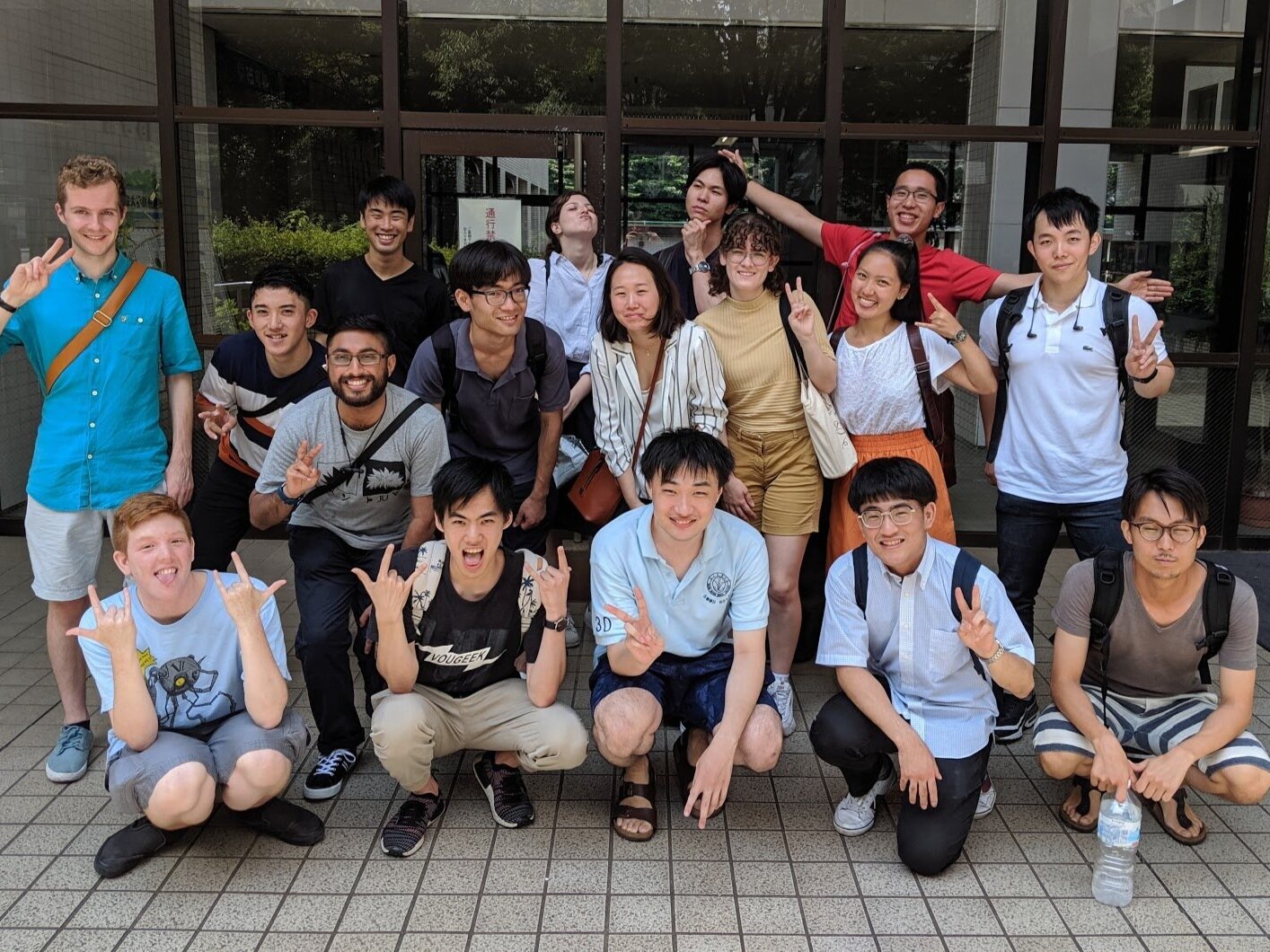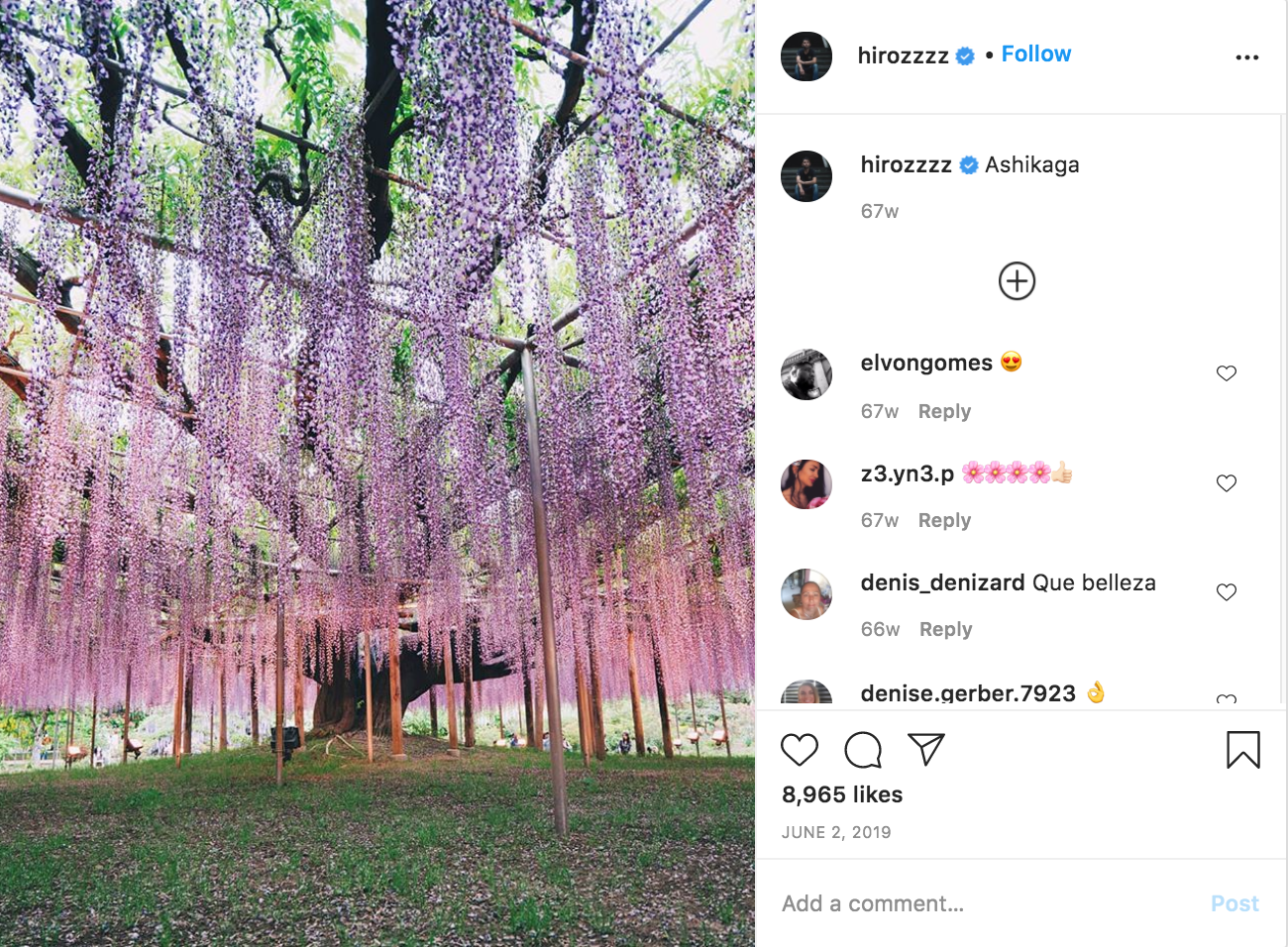BY ERIC PEREIRA
Are you traveling to Japan but don’t know how to read, write or speak Japanese?
While it may seem daunting, there is no need to worry as we have outlined several tools and pro tips you can use to help prepare to be fully immersed in your journey!
One thing to remember when you visit Japan: the more you venture out of the big cities, the less likely you are to come across any signage in English. However, locals in Japan are quite helpful in providing directions regardless of a language barrier.
Technology
Most people have a smartphone these days and there are several applications to help with translations when traveling abroad.
Google Maps. This will help provide all the bus and train routes you need. It will even provide wheelchair accessible routes.
Google translate and Japanese dictionaries such as Jisho.org which provides a range of words, plus example sentences and conjugations. *Tip: You can take a picture of kanji/hiragana characters and Google translate will help.
In order to guarantee internet access, you should also invest in a SIM card or portable Wi-Fi. Look for a Japan Travel SIM powered by IIJmio which is sold at airports.
*Tip: If you want more data, it usually comes in a plan for around 12 or 24 months
*Travel Tip : Japan is a cash-based society so be sure to have cash on you at all times!
Airports and Trains
Fortunately, the major airports and train stations in Japan all provide English signage and are color coded. However, smaller stations might only use Kanji characters. Have no fear, as a staff member at the station should be able to help.
*Etiquette tip: When on a train or bus, it is customary to be quiet. Keep yourself busy with a book or your phone.
*Travel tip: Double check if your train is Express, Local or Rapid. Express and Rapid will skip some stations!
As you travel throughout Japan, it would be worth investing in a Suica card or Pasmo (different brands with the same purpose), so that you won’t have to know the prices of what you have to pay beforehand. These prepaid smart cards provide access to most public transport (metro, trains, buses, monorail) in Japan. Your card will be charged for every trip or purchase you make when you touch the card to the reader. It can also be used to pay for taxis and lockers at stations.
You can purchase these cards at a ticket machine outside train stations (same machine where paper tickets are purchased.)
Dining Out
When at a Japanese restaurant or a convenience store (konbini) and you’re facing a menu with no pictures or English translation, here are some good phrases to know:
Osusume Wa = What do you recommend? The more formal version would be “Osusume wa nan desuka”
In case you need to emphasize you’re a vegetarian, the translation is “Bejitarian”
Bi-ru=Beer ; Uisuki=Whiskey
Essential Communication
Don’t make sentences long if you’re speaking English with a native. Try to use the key word of the sentence. Also, many Japanese words have the same pronunciation as their English versions (i.e. ka-me-ra = camera; bi-de-o = video; coo-hii = coffee).
When in doubt, say the sentences in English very slowly and pronounce each syllable clearly.
Useful Words/Phrases to know in Japan:
Konnichiwa= Hello
Sumimasen= I’m sorry/excuse me
Arigatou= thank you
Wakarimasen= I don’t understand
Doko = where
To-i-re = toilet
Click here for more!
Two Important Symbols:
Know the Kanji for male and female to avoid any awkward encounters.
Male: 男 Female: 女
Other helpful symbols:
Exit : 出口
Enter: 入る
South: 南
East :東
West: 西
North: 北
There is so much more we can cover, but this should get you more comfortable with your journey! Don’t be afraid to politely ask the locals for help. Be sure to research etiquette as well as this is a focal point in Japanese culture.
In Japan, you will witness the omotenashi culture, which means to look after guests, and you’re one of them! You can find comfort in knowing that hospitality is rooted in this culture.
Click here to sign up for our newsletter where we provide more information, advice and blogs on Japan.
—
Written by Eric Pereira, 2020 Come On Out Intern













